

— Blogs —
—Products—
 Consumer hotline +8618073152920
Consumer hotline +8618073152920 WhatsApp:+8615367865107
Address:Room 102, District D, Houhu Industrial Park, Yuelu District, Changsha City, Hunan Province, China
Product knowledge
Time:2024-09-12 11:05:46 Popularity:3054
A weather station is a facility used to monitor and record a variety of meteorological data. It uses a variety of sensors and instruments to collect information about weather and climate that is vital for weather forecasting, climate research, agriculture, aviation, shipping and many other fields. Below are some of the basic features and components of a weather station:
1. Location: Weather stations can be located on the ground, in the ocean, at high altitude or even in space.
2. Function: Weather stations are capable of collecting weather data on a continuous or periodic basis.
3. Automation: Modern weather stations are usually automated and can operate unattended.
4. Data transmission: weather stations can transmit data to weather centers or other data processing facilities by wired or wireless means.

- Thermometer: Measures air temperature.
- Hygrometer: Measures air humidity.
- Barometer: Measures atmospheric pressure.
- Wind speed sensor: Measures wind speed.
- Wind direction sensor: indicates wind direction.
- Rain gauge: Measures the amount of precipitation.
- Sunshine Meter: Measures the duration of sunshine.
- Pyranometers: measures solar radiation.
- Others: may also include sensors to measure UV, soil moisture, evaporation, etc.
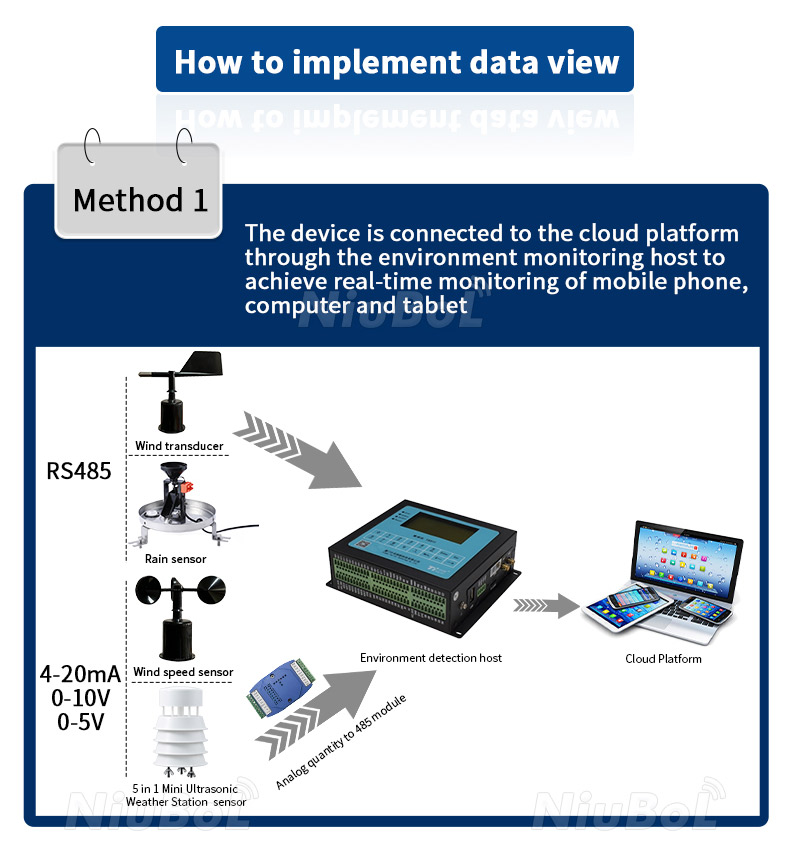
Used to collect sensor data and convert it into a format that can be stored and transmitted. 3. communication device: used to convert data into a format that can be stored and transmitted.
Used to send data to remote centers, which may include radio, satellite communications, internet, etc.
Provides power to the weather station, which may be grid power, solar panels, wind power, or batteries.
Protects sensors and instruments from severe weather conditions.
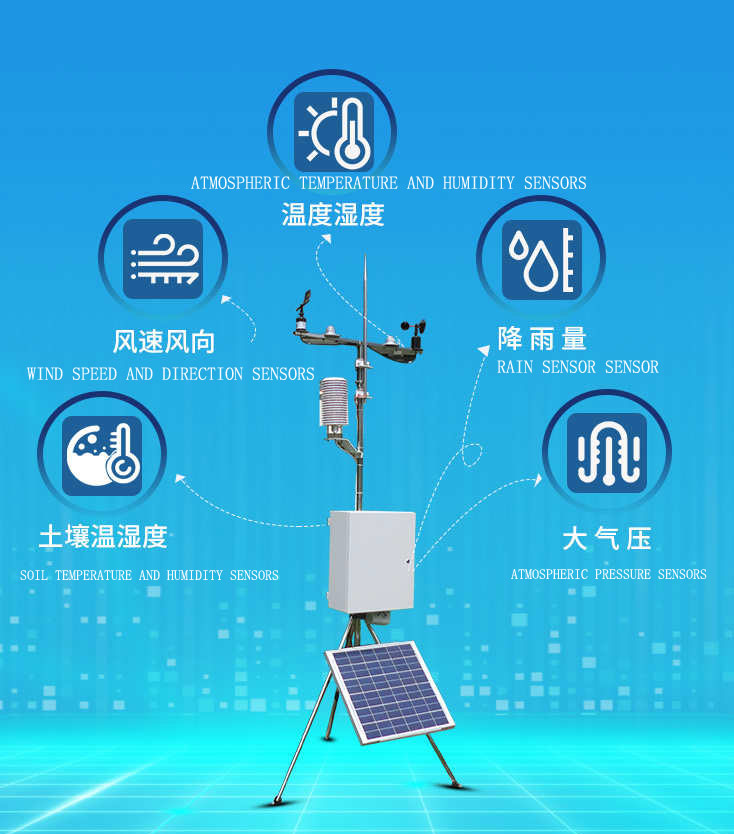
1. Ground-based weather stations: the most common type, located on the ground and can be automated or manually operated. 2.
2. Parine weather stations: located on marine platforms and designed to collect meteorological data from the ocean and sea surface.
3. High Altitude Weather Stations (HAWS): provide upper atmosphere information through data collection via balloons, airplanes or satellites.
4. Climate Observatory: focuses on the collection and analysis of long-term climate data.
The data provided by weather stations are essential for understanding weather patterns, climate change, disaster warning and resource management.
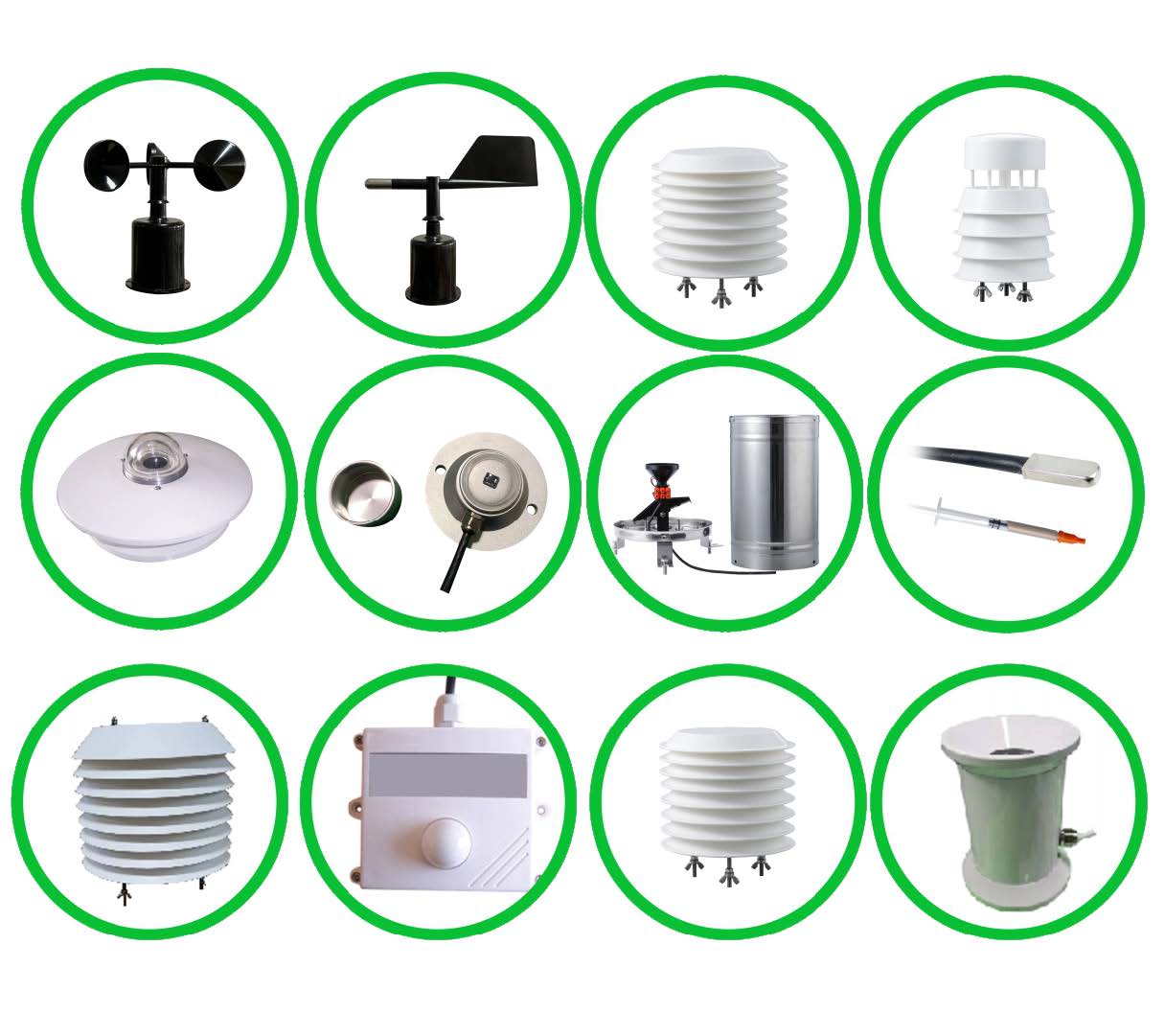
The process of obtaining data from weather stations involves a number of steps, including sensor data acquisition, data logging and pre-processing, data transmission, and data storage and analysis. The following is a detailed description:
Weather stations are usually equipped with a variety of sensors to measure different weather elements. These sensors include:
Temperature sensor: Measures the air temperature, usually using thermocouple or thermistor technology to convert the temperature data into an electrical signal.
Humidity sensors: measure the relative or absolute humidity in the air, based on capacitive or resistive technology, converting humidity data into an electrical signal.
Barometric pressure sensors: monitor changes in atmospheric pressure, using pressure transmitters or pressure sensors that convert barometric pressure data into an electronic signal.
Wind speed sensor: Measures wind speed by rotating blades or ultrasonic technology, transmits wind speed data as an electrical signal.
Wind Direction Sensor: Measures the direction of the wind, commonly used mechanical wind vane or electronic wind direction sensor, the data is also transmitted in the form of electrical signals.
Precipitation sensor: records the amount of rainfall or snowfall, using a rain gauge or snow depth sensor, which converts the measured data into an electronic signal.
UV Sensor: Measures the intensity of ultraviolet light.
Solar Radiation Sensor: Measures solar radiation.
Soil moisture sensor: Measure the moisture content in the soil.
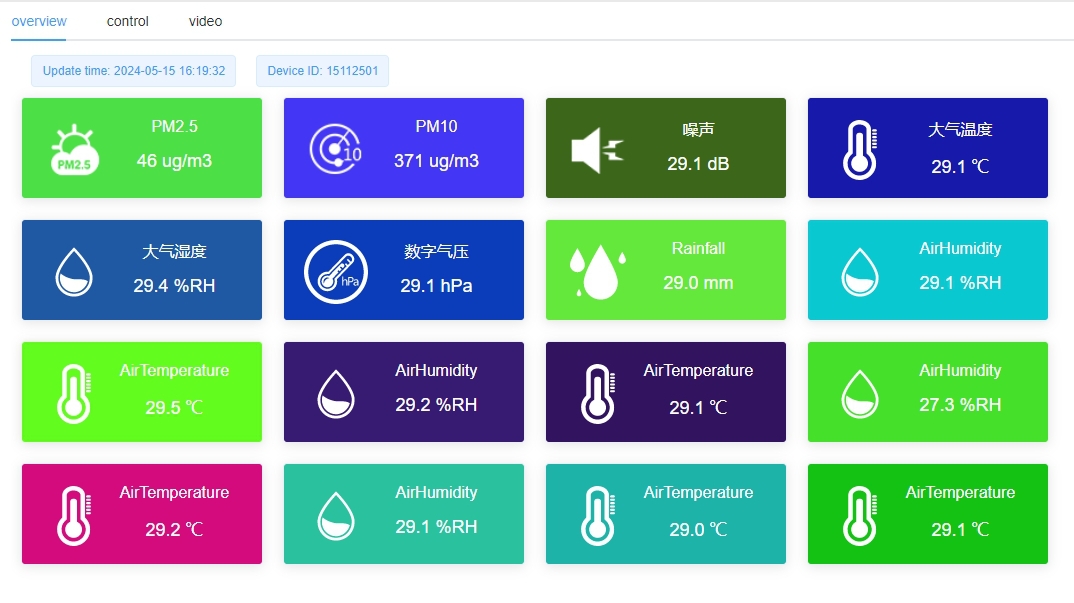
The data monitored by the sensor needs to be captured and recorded:
- Data logger: converts the analog signals collected by the sensors into digital signals and stores them.
- Sampling frequency: The data logger will sample the data at preset intervals (e.g. every minute, every hour).
The collected data usually needs to be processed before it can be used:
- Calibration: Ensuring that the sensor readings are accurate usually requires the sensor to be calibrated.
- Filtering: removes noise and outliers from the data.
- Calculations: Some calculations may need to be performed on the raw data, such as calculating the average wind speed or total precipitation.
The raw data collected by the sensor undergoes initial processing by data logging modules. These modules convert the data to digital format and perform pre-processing operations such as de-noising and data correction to improve the accuracy and reliability of the data. The processed data is stored in local memory such as SD card or transmitted to a remote data center in real time.
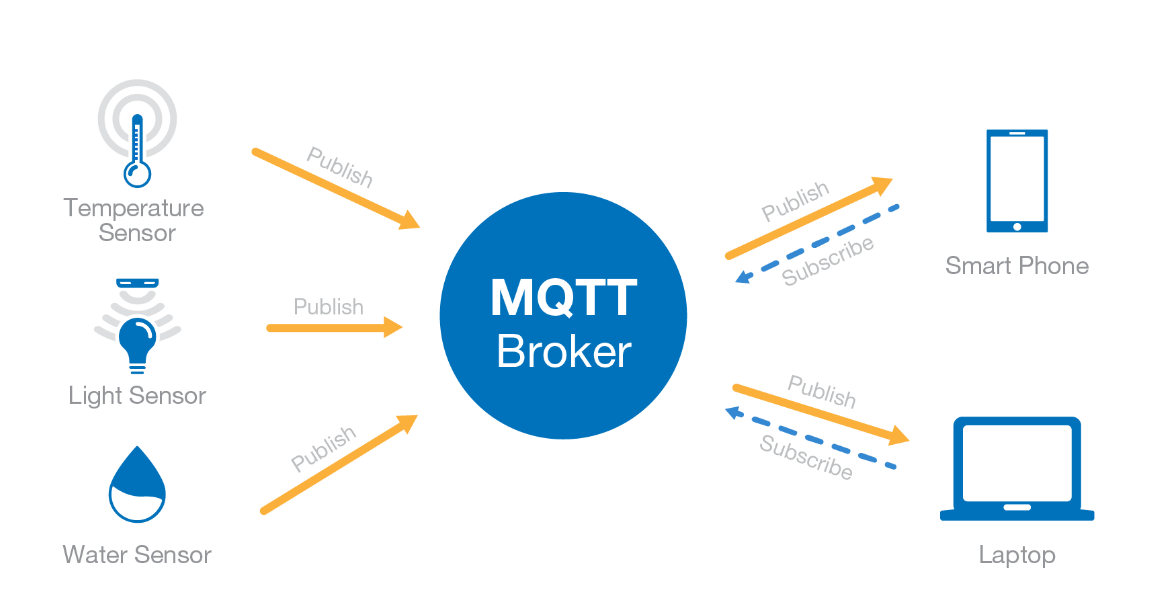
Data transmission can be performed by wired or wireless means. Wired transmission methods include RS-232, RS-485, etc. while wireless transmission methods include GSM, 4G, 5G, Wi-Fi, LoRa, etc. With the development of technology, more and more weather stations adopt wireless transmission methods for more flexible deployment and expansion of monitoring networks.
The received data is stored in a database for further analysis and management. The database supports efficient storage and management of large amounts of data and provides data backup and recovery functions. In the data analysis stage, the stored data will be cleaned, integrated and analyzed to extract useful information. Common analysis methods include time series analysis, trend analysis, correlation analysis and predictive modeling.
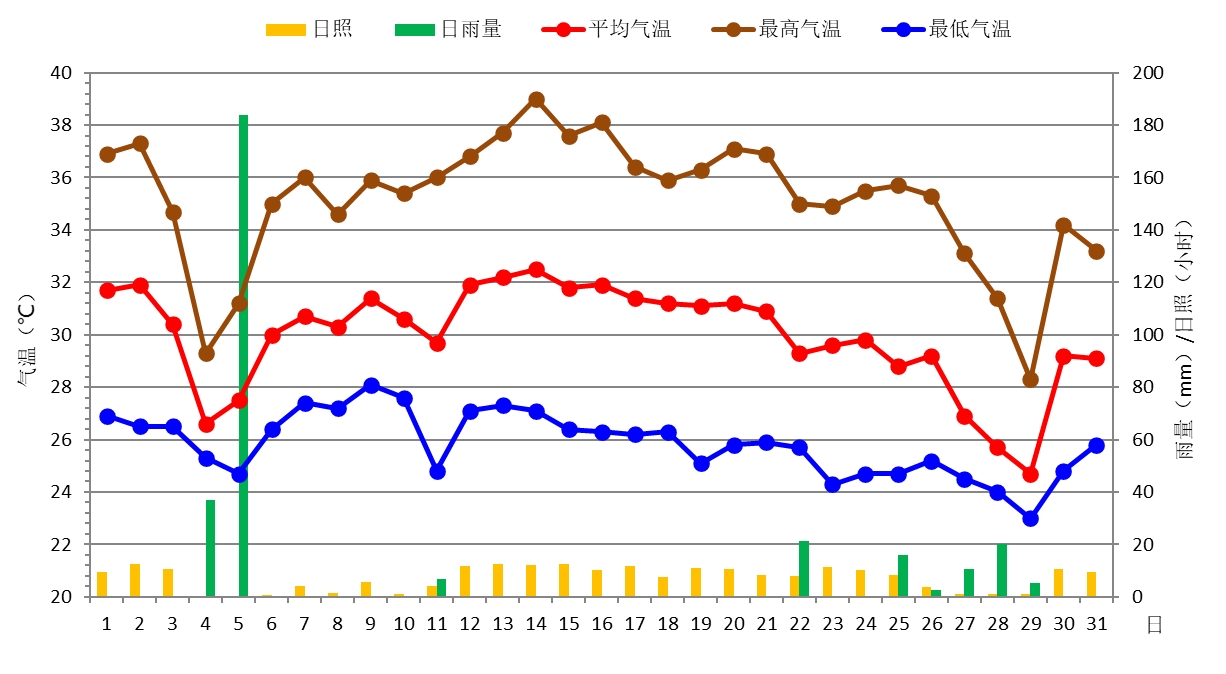
With data visualization tools, users can monitor changes in meteorological elements in real time. Dashboards, charts and maps can help users quickly understand the current weather conditions. In addition, based on historical and real-time data, the system can also perform weather forecasting and early warning, providing timely weather information to relevant departments and the public.
Meteorological data are widely used in a number of fields, including weather forecasting and research, environmental monitoring, agricultural management, urban planning and management, and disaster warning and response. These data provide valuable information support for various industries and help improve the science and accuracy of decision-making.
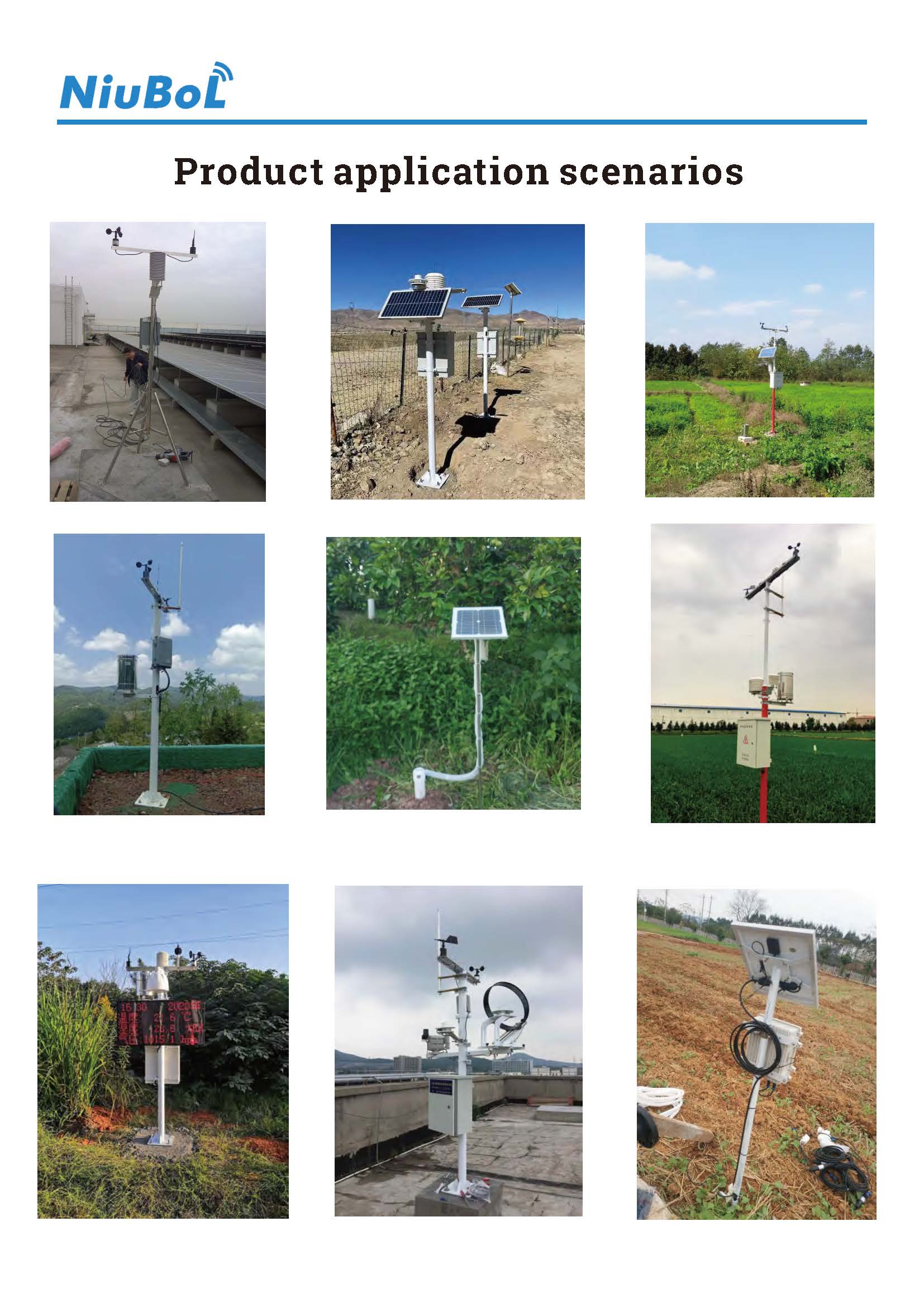
To sum up, the weather station realizes the comprehensive acquisition and analysis of meteorological data by integrating a variety of sensors, data recording and pre-processing modules, data transmission technology and data analysis tools. These data not only provide basic information for weather forecasting and scientific research, but also provide strong support for the development of various industries.
Related recommendations
Sensors & Weather Stations Catalog
Agriculture Sensors and Weather Stations Catalog-NiuBoL.pdf
Weather Stations Catalog-NiuBoL.pdf
Related products
 Combined air temperature and relative humidity sensor
Combined air temperature and relative humidity sensor Soil Moisture Temperature sensor for irrigation
Soil Moisture Temperature sensor for irrigation Soil pH sensor RS485 soil Testing instrument soil ph meter for agriculture
Soil pH sensor RS485 soil Testing instrument soil ph meter for agriculture Wind Speed sensor Output Modbus/RS485/Analog/0-5V/4-20mA
Wind Speed sensor Output Modbus/RS485/Analog/0-5V/4-20mA Tipping bucket rain gauge for weather monitoring auto rainfall sensor RS485/Outdoor/stainless steel
Tipping bucket rain gauge for weather monitoring auto rainfall sensor RS485/Outdoor/stainless steel Pyranometer Solar Radiation Sensor 4-20mA/RS485
Pyranometer Solar Radiation Sensor 4-20mA/RS485
Screenshot, WhatsApp to identify the QR code
WhatsApp number:+8615367865107
(Click on WhatsApp to copy and add friends)
